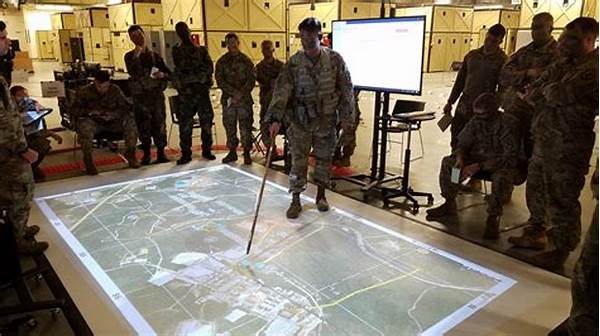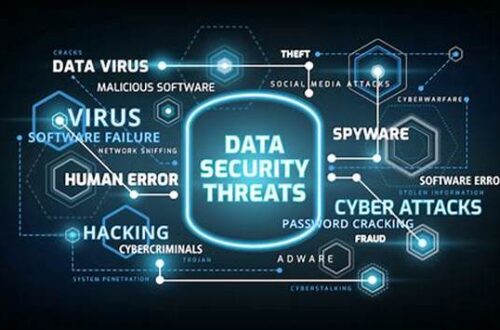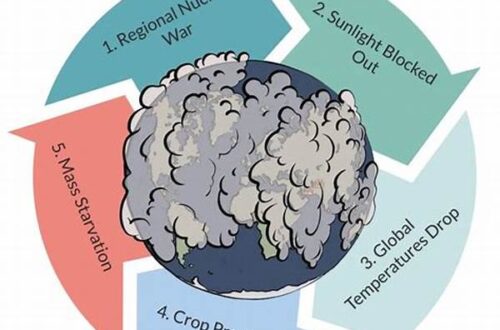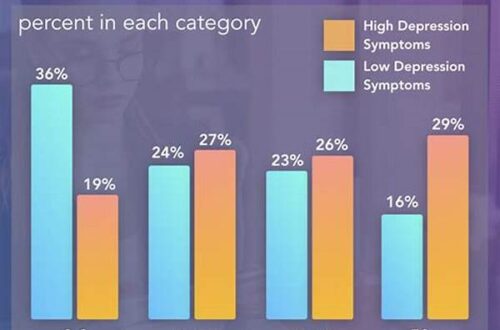In recent years, technological advancements have significantly transformed military operations. Among these innovations, military augmented reality navigation tools stand out as a crucial development. These tools merge the virtual and physical worlds, providing soldiers with critical information and situational awareness directly on their visors or devices. The integration of augmented reality in military applications enhances mission efficiency and effectiveness by offering real-time data that ensures informed decision-making in dynamic scenarios. The application of these tools spans reconnaissance missions, tactical maneuvers, and logistical planning, significantly reshaping modern warfare.
The Role of Augmented Reality in Military Operations
Military augmented reality navigation tools have revolutionized the way soldiers engage with their surroundings during operations. By overlaying digital information onto the physical environment, these tools provide comprehensive situational awareness that is critical in combat zones. This technological leap means soldiers can access crucial data such as enemy positions, terrain maps, and waypoints, directly through their augmented displays. This seamless integration of data assists in real-time decision-making, allowing forces to execute missions with heightened accuracy and reduced risk. Beyond frontline combat, these tools foster improved communication and coordination within military units, ensuring each member is aligned with the mission objectives. The deployment of military augmented reality navigation tools thus represents a critical enhancement in strategy and tactical execution for modern armed forces.
Advanced Features of Military Augmented Reality Navigation Tools
1. Real-Time Data Display
Military augmented reality navigation tools facilitate real-time data display, providing soldiers instant access to crucial operational information, which aids in navigating unpredictable environments efficiently.
2. Enhanced Situational Awareness
These tools significantly boost situational awareness by overlaying key data like enemy positions and strategic points on the physical landscape, thus facilitating well-informed tactical decisions.
3. Seamless Integration with Communication Systems
Military augmented reality navigation tools integrate seamlessly with existing military communication systems, ensuring consistent, reliable information flow during missions and enhancing unit coordination.
4. Visualization of Non-Visible Hazards
They enable visualization of non-visible hazards such as minefields or chemical threats, thereby enhancing safety and operational effectiveness by preempting potential risks.
5. Advanced Target Recognition
By providing advanced target recognition capabilities, military augmented reality navigation tools ensure precise identification and neutralization of threats, thus minimizing collateral damage during engagements.
Implications of Augmented Reality Technology in Warfare
The introduction of military augmented reality navigation tools marks a significant shift in how military operations are conducted. This technology not only optimizes situational awareness but also enhances operational efficiency. The ability to access real-time information allows military personnel to adapt swiftly to changing environments, which is critical in hostile or unfamiliar territories. By overlaying strategic data onto the physical world, augmented reality provides a layer of intelligence that transforms combat strategies and enhances decision-making processes. The implications extend beyond tactics, impacting training methodologies and logistics planning. As these tools continue to evolve, their role in fostering a more connected and responsive military force becomes increasingly evident, underscoring the transformative potential of augmented reality in modern warfare.
The Integration of Augmented Reality in Military Operations
Military augmented reality navigation tools are becoming integral components of strategic military operations. Their integration facilitates improved training simulations, offering soldiers immersive virtual scenarios that replicate real-world conditions. This not only enhances combat readiness but also ensures the safe training of personnel without exposing them to actual risks. Furthermore, the use of augmented reality in maintenance and logistics streamlines operations by providing detailed schematics and status updates on equipment and supplies. This leads to more effective resource management and reduces downtime. As technology advances, the versatility and application of military augmented reality navigation tools will likely expand, further entrenched in the framework of modern military practices.
Transforming Training and Tactical Strategies
Military augmented reality navigation tools profoundly influence the training and tactical strategies of armed forces. By simulating realistic combat environments, these tools prepare soldiers for the multifaceted challenges they may encounter on the battlefield. The use of augmented reality enhances traditional training by offering experiential learning opportunities that are both safe and detailed, supporting skill development without the associated risks of live training exercises. Moreover, in tactical deployments, augmented reality tools help refine mission strategies by providing comprehensive visual analysis and foresight into potential obstacles. This leads to increased operational success and reduced casualty rates, making military augmented reality navigation tools indispensable in transforming military strategy and preparedness.
Strategic Advantages of Augmented Reality in the Military Sphere
Military augmented reality navigation tools offer several advantages that position them as crucial assets in the military realm. Their ability to display real-time, dynamic information transforms ordinary landscape perceptions into strategic insights critical for mission success. By enhancing communication and collaboration within and between military units, these tools ensure synchronized operations that maximize effectiveness and minimize risks. Furthermore, their application in diverse military functions, from reconnaissance to logistic management, underscores their adaptability and importance in executing coordinated, efficient missions. As militaries around the world continue to invest in cutting-edge technologies, the development and integration of military augmented reality navigation tools signify a step forward in innovative warfare strategies that prioritize precision and strategic superiority.
Summary of Military Augmented Reality Navigation Tools
In conclusion, military augmented reality navigation tools represent a pivotal advancement in military technology, offering unparalleled benefits in situational awareness, communication, and tactical execution. By superimposing digital information onto the real world, these tools enable military personnel to effectively operate in complex environments, ensuring strategic dominance and operational success. The evolution of these tools is indicative of the broader military move towards technology-driven warfare that prioritizes real-time intelligence and adaptive strategies. As these advancements continue, the future of military operations will increasingly depend on sophisticated technologies like military augmented reality navigation tools, which are poised to redefine military engagements and enhance mission outcomes on a global scale.





